The ancient tale of Moses leading his people out of Egypt and into the Promised Land has captivated imaginations for millennia. This cornerstone of Judeo-Christian tradition, chronicled in the biblical book of Exodus, has long been a subject of both religious reverence and historical debate. Now, 3,200 years after the events are said to have taken place, archaeologists have unearthed compelling new evidence that may shed light on this epic journey.
Recent excavations in the arid landscapes of the Middle East have yielded artifacts and structures that tantalizingly align with the biblical narrative. These discoveries are sparking renewed interest in the historical basis of the Exodus story and challenging long-held assumptions about the scale and nature of this ancient migration. As we delve into these findings, we’ll explore how modern archaeology is bridging the gap between faith and history, offering fresh insights into one of the world’s most enduring stories.
The Significance of Newly Discovered Egyptian-Style Artifacts in Canaan
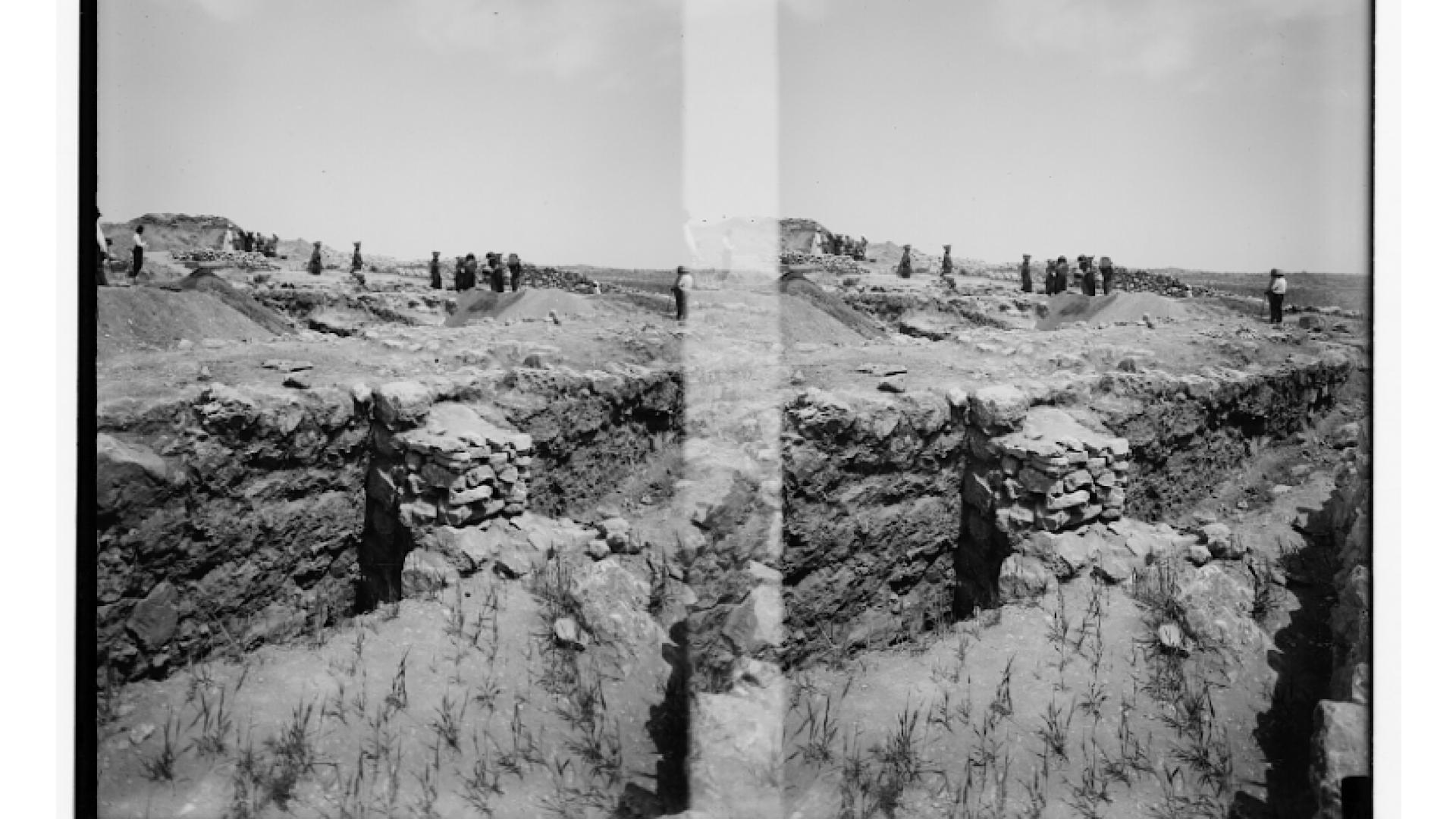
Recent excavations in ancient Canaanite sites have yielded a surprising number of Egyptian-style artifacts dating to the proposed Exodus period. These findings include pottery, jewelry, and administrative seals that bear distinct Egyptian characteristics, suggesting a significant Egyptian presence or influence in the region.
The discovery of these artifacts aligns with the biblical account of Israelites departing Egypt with Egyptian goods. Moreover, the gradual shift from Egyptian to local Canaanite styles in subsequent layers provides a potential timeline for the Israelite settlement process, offering tangible evidence for the cultural transition described in Exodus.
Decoding Ancient Inscriptions: Clues to Israelite Presence in Egypt
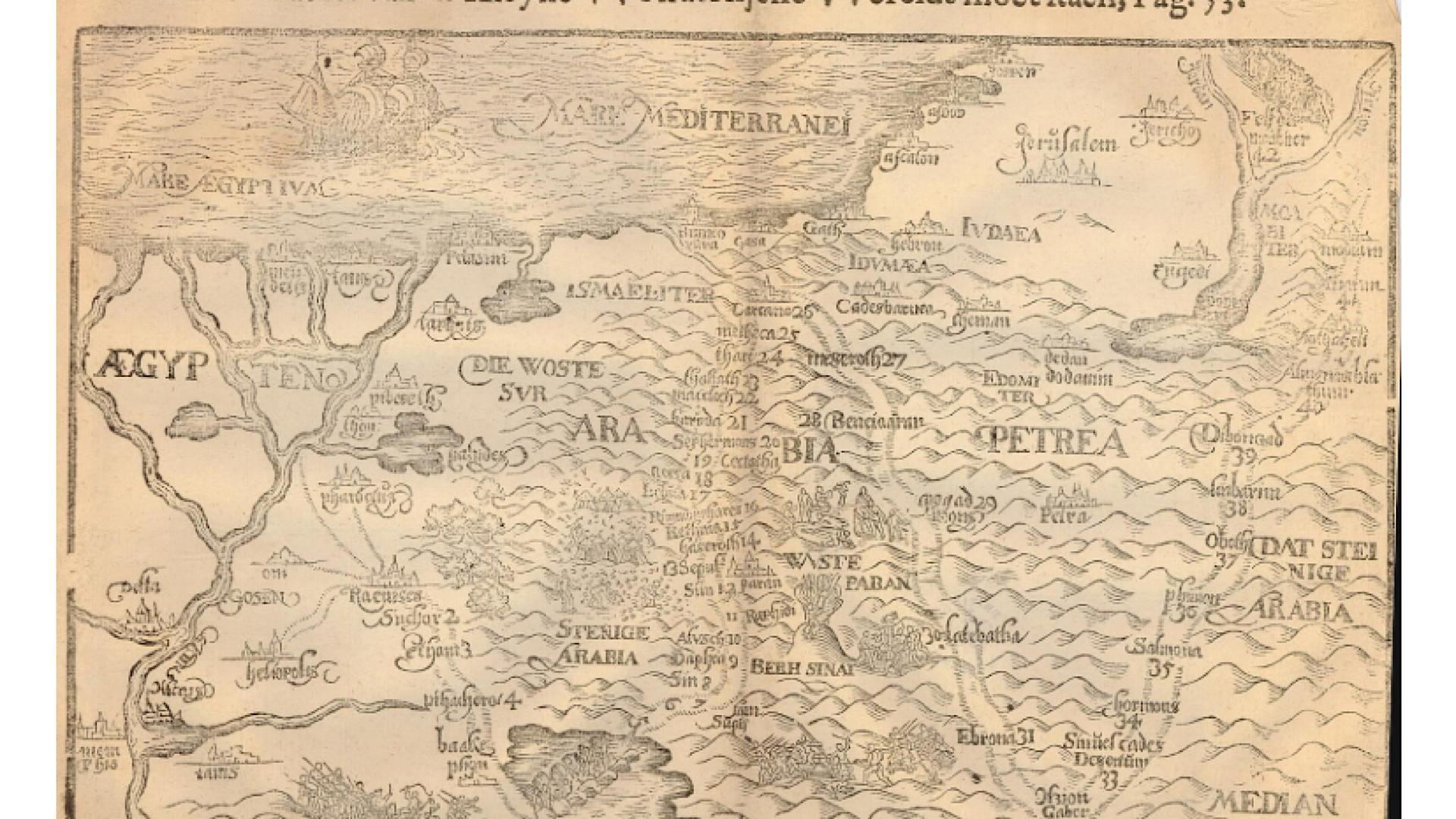
Newly discovered inscriptions from Egyptian archaeological sites have provided intriguing evidence of Semitic-speaking peoples in Egypt during the proposed Exodus period. These texts, found on papyri and stone tablets, mention groups with names similar to those of Israelite tribes, suggesting their presence in Egypt before a sudden disappearance.
Linguistic analysis of these inscriptions reveals patterns consistent with early Hebrew, offering a potential link to the Israelites described in Exodus. The abrupt cessation of these references in later Egyptian records could correlate with the biblical account of the Israelites’ departure, providing a textual trail that complements the archaeological evidence.
Climate Change and the Exodus: How Environmental Factors Support the Biblical Timeline

Recent paleoclimatological studies have revealed significant climate shifts in the Middle East around 3,200 years ago, coinciding with the proposed timing of the Exodus. Evidence suggests a period of increased rainfall followed by severe drought, which aligns with biblical descriptions of plagues and environmental disasters preceding the Israelites’ departure.
These climate changes could have contributed to the collapse of Bronze Age civilizations and facilitated large-scale migrations. The environmental data not only supports the possibility of events described in Exodus but also provides context for why large populations might have been compelled to relocate, lending credence to the biblical narrative of mass exodus and resettlement.
The Role of Jericho in the Exodus Narrative: New Archaeological Perspectives
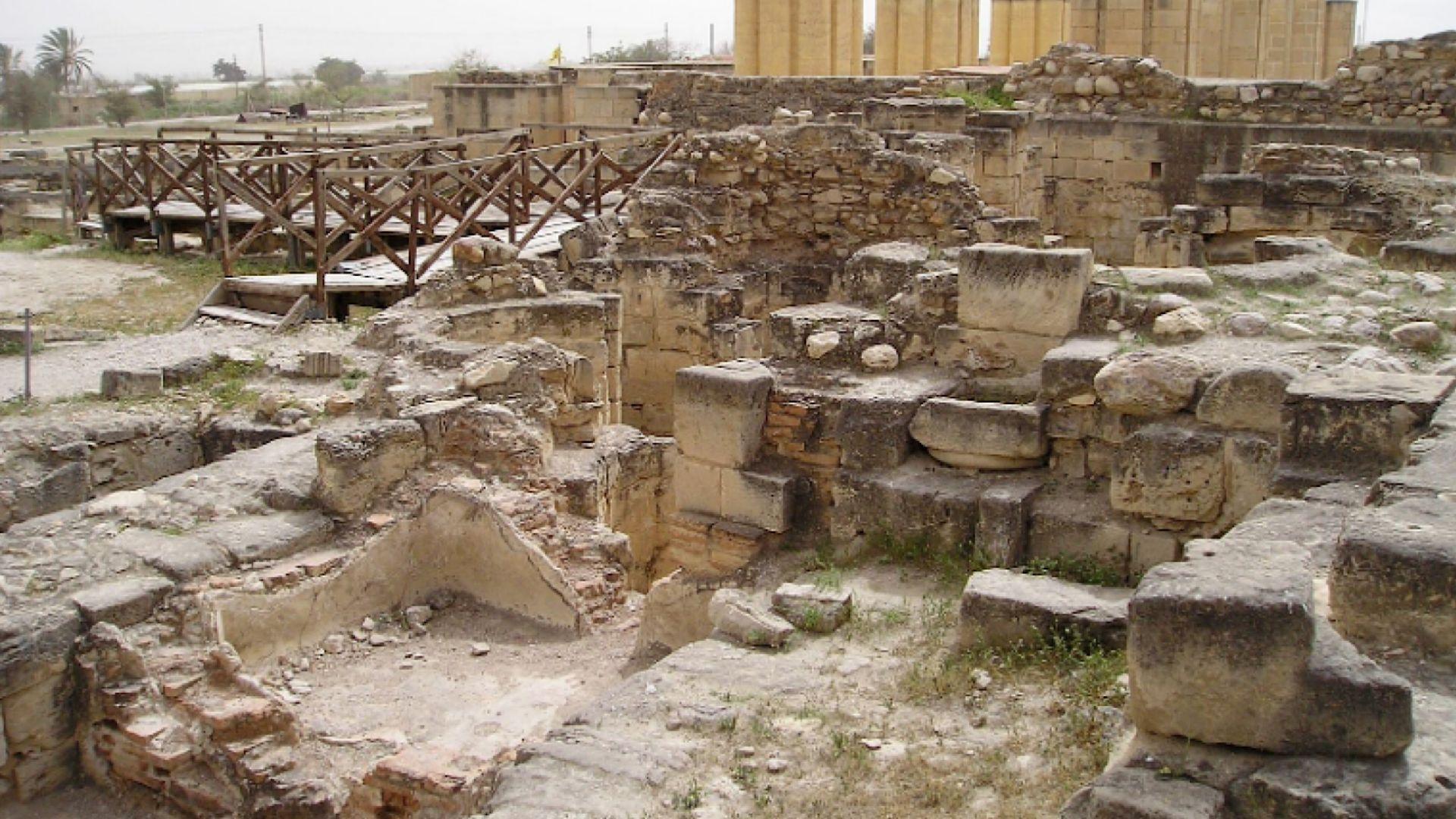
Recent excavations at the ancient site of Jericho have uncovered evidence that challenges previous assumptions about its destruction. New dating techniques applied to charred remains and pottery shards suggest a timeline that aligns more closely with the biblical account of Joshua’s conquest.
Additionally, the discovery of unique fortification systems and evidence of sudden, violent destruction corroborate aspects of the biblical narrative. These findings have reignited debates about the historical accuracy of the Exodus story and its aftermath, prompting archaeologists to reassess the role of Jericho in the Israelites’ journey to the Promised Land.
Tracing the Route: Geographical Evidence for the Israelites’ Journey
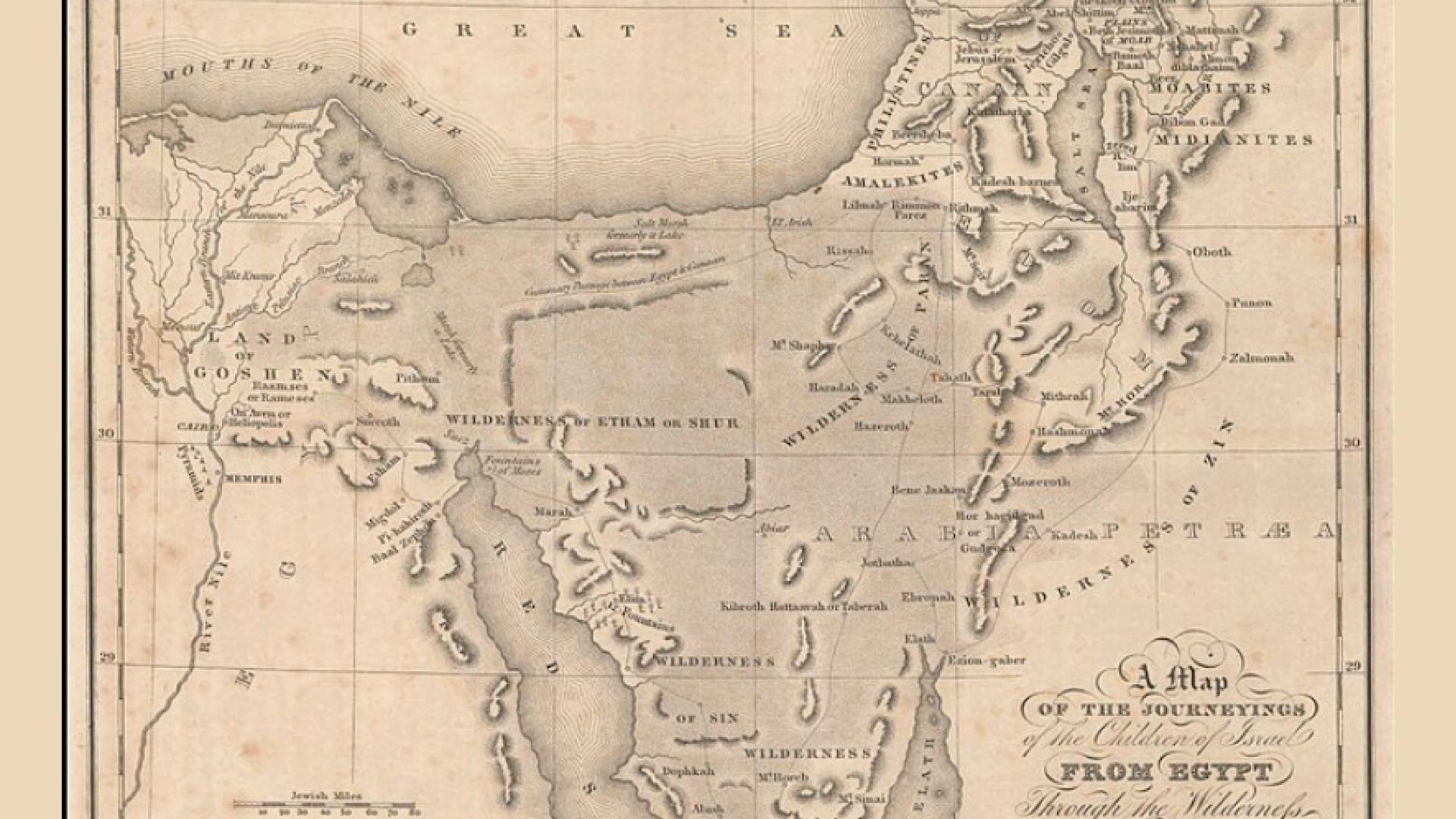
Advanced geological surveys and satellite imaging have revealed ancient travel routes through the Sinai Peninsula and surrounding regions that could correspond to the Israelites’ journey. These pathways, marked by ancient wells, campsites, and natural landmarks, offer a potential map of the Exodus route.
Excavations along these routes have unearthed artifacts consistent with a large-scale migration during the Late Bronze Age. The discovery of temporary settlements, communal cooking areas, and discarded Egyptian items along these paths provides tangible evidence that supports the biblical account of the Israelites’ journey from Egypt to Canaan.
The Mystery of the Red Sea Crossing: Geological Findings and Theories
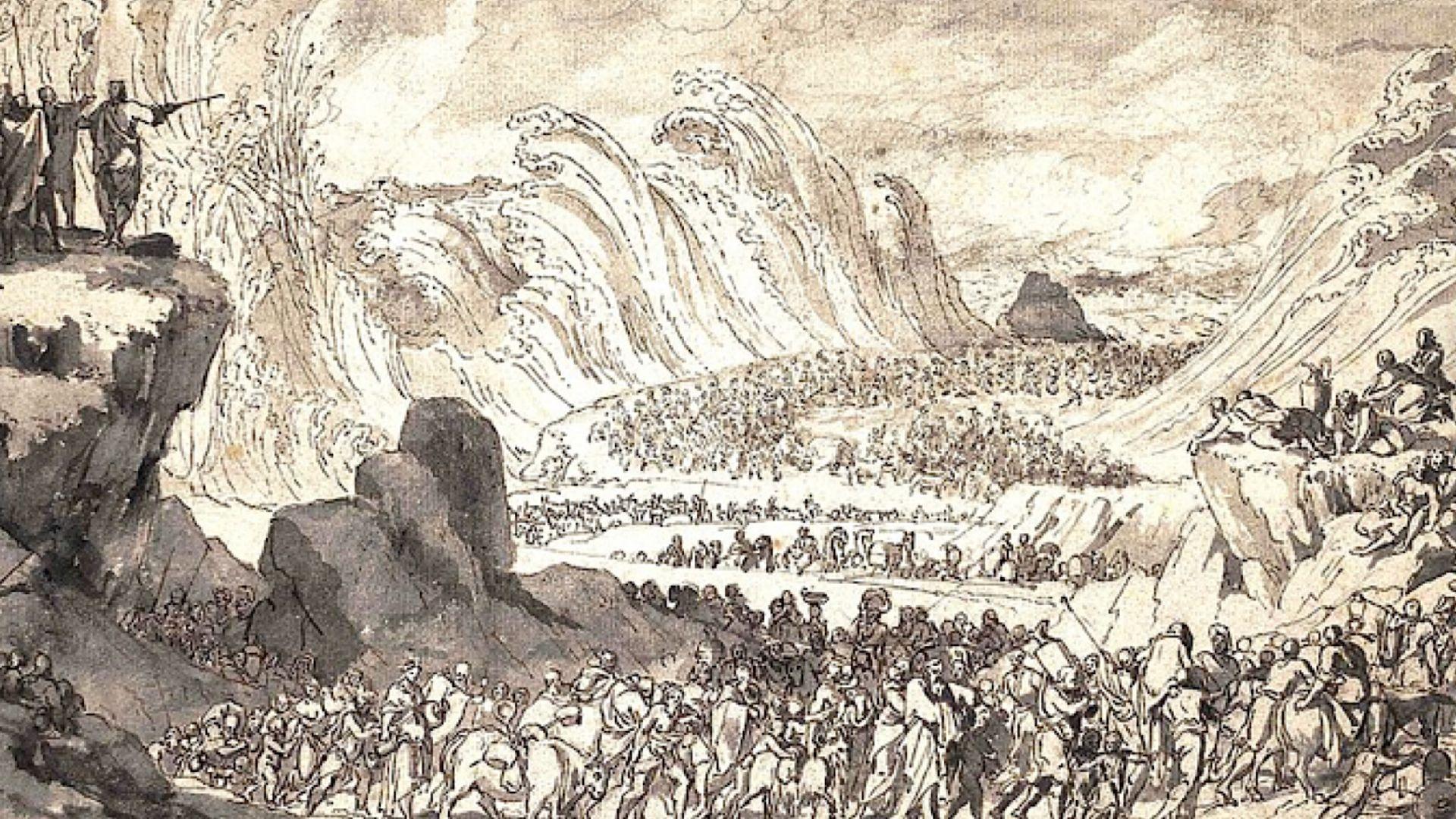
Recent geological studies of the Red Sea and surrounding areas have uncovered evidence of ancient tsunamis and temporary land bridges. These findings have led to new theories about how a large group of people could have crossed a body of water, as described in the Exodus narrative.
Sediment analysis and underwater topography mapping have revealed locations where wind-driven water displacement could have temporarily exposed crossing points. These discoveries, combined with computer simulations of ancient weather patterns, offer scientifically plausible explanations for the miraculous crossing described in biblical texts.
Nomadic Campsites in the Sinai: Evidence of Large-Scale Migration?
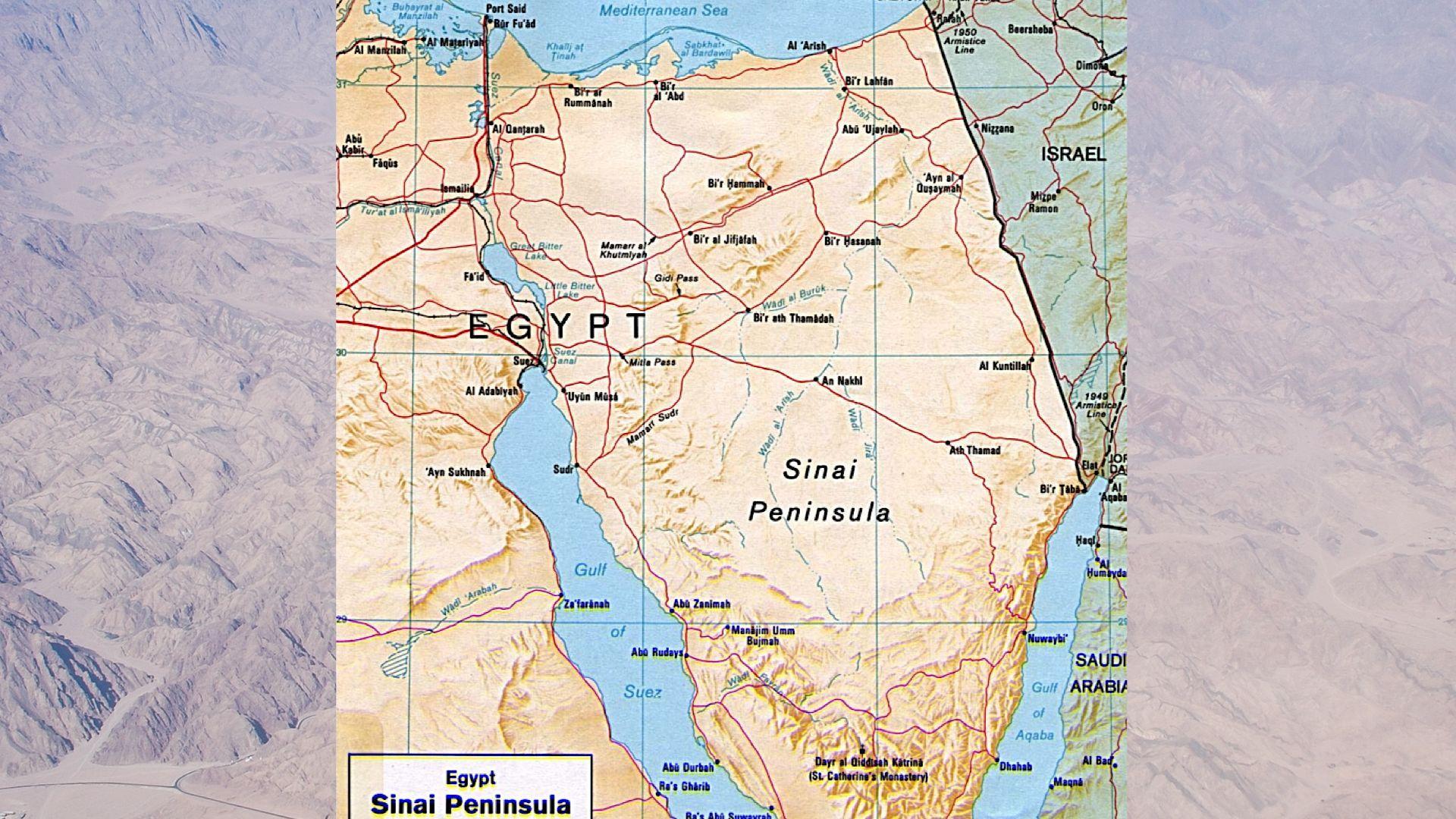
Archaeological surveys in the Sinai Peninsula have identified numerous temporary campsites dating to the proposed Exodus period. These sites, characterized by fire pits, middens, and scattered artifacts, suggest the presence of large, mobile populations moving through the region.
The scale and distribution of these campsites align with the biblical description of the Israelites’ journey. Analysis of pottery fragments and other artifacts found at these sites indicates a mix of Egyptian and early Israelite styles, potentially tracing the cultural transition of a people moving from Egypt to Canaan.
DNA Studies: Genetic Links Between Ancient Egyptians and Early Israelites
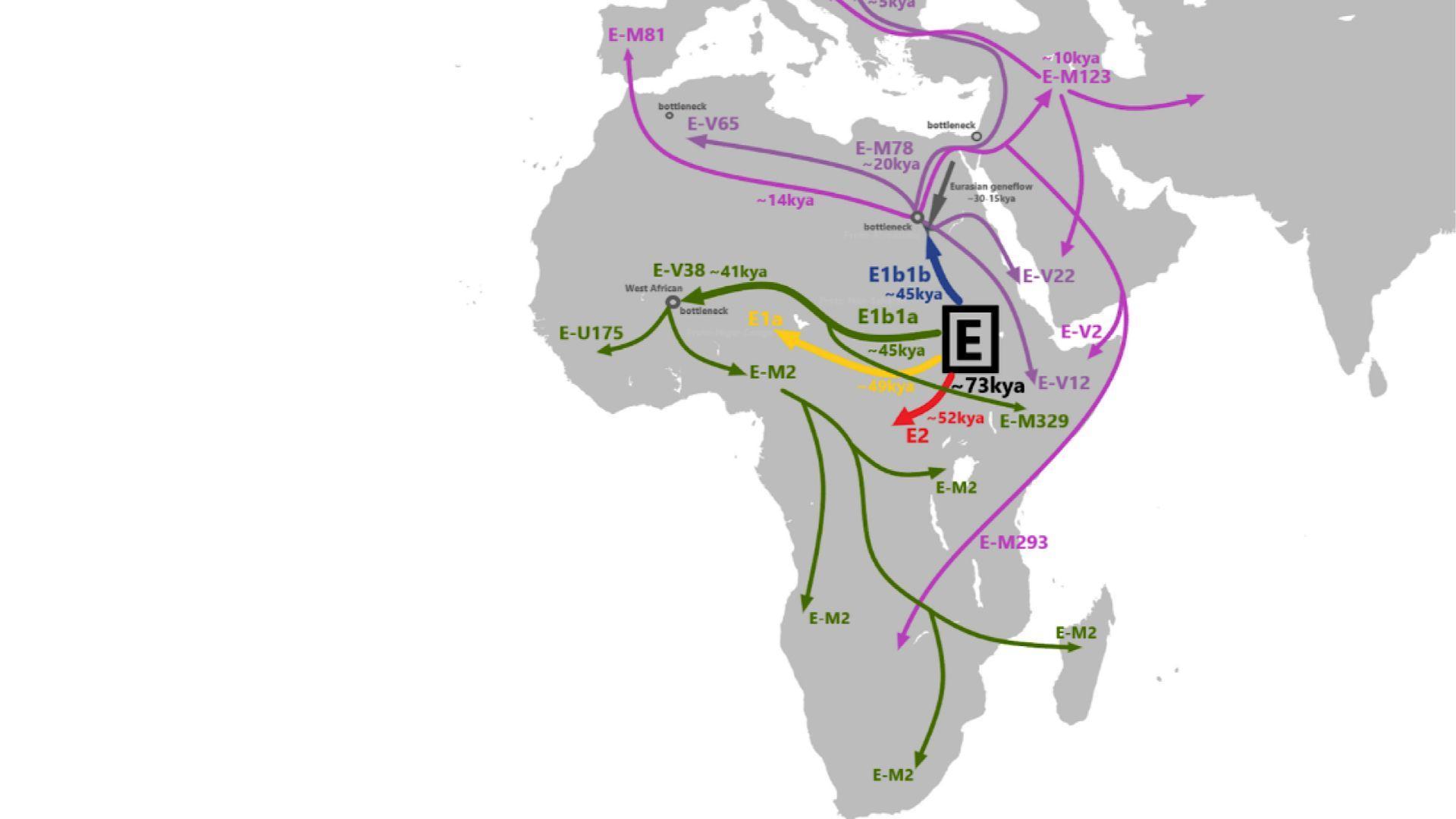
Advancements in ancient DNA analysis have allowed researchers to examine genetic links between ancient Egyptian populations and groups traditionally associated with the Israelites. These studies have revealed intriguing connections that support the idea of a Semitic population living in Egypt during the proposed Exodus period.
Genetic markers found in both ancient Egyptian remains and modern populations traditionally linked to the Israelites suggest a shared ancestry. This genetic evidence provides a new dimension to the historical narrative, offering biological support for the interconnected histories of these ancient peoples.
The Impact of New Technologies on Biblical Archaeology: Satellite Imaging and Ground-Penetrating Radar
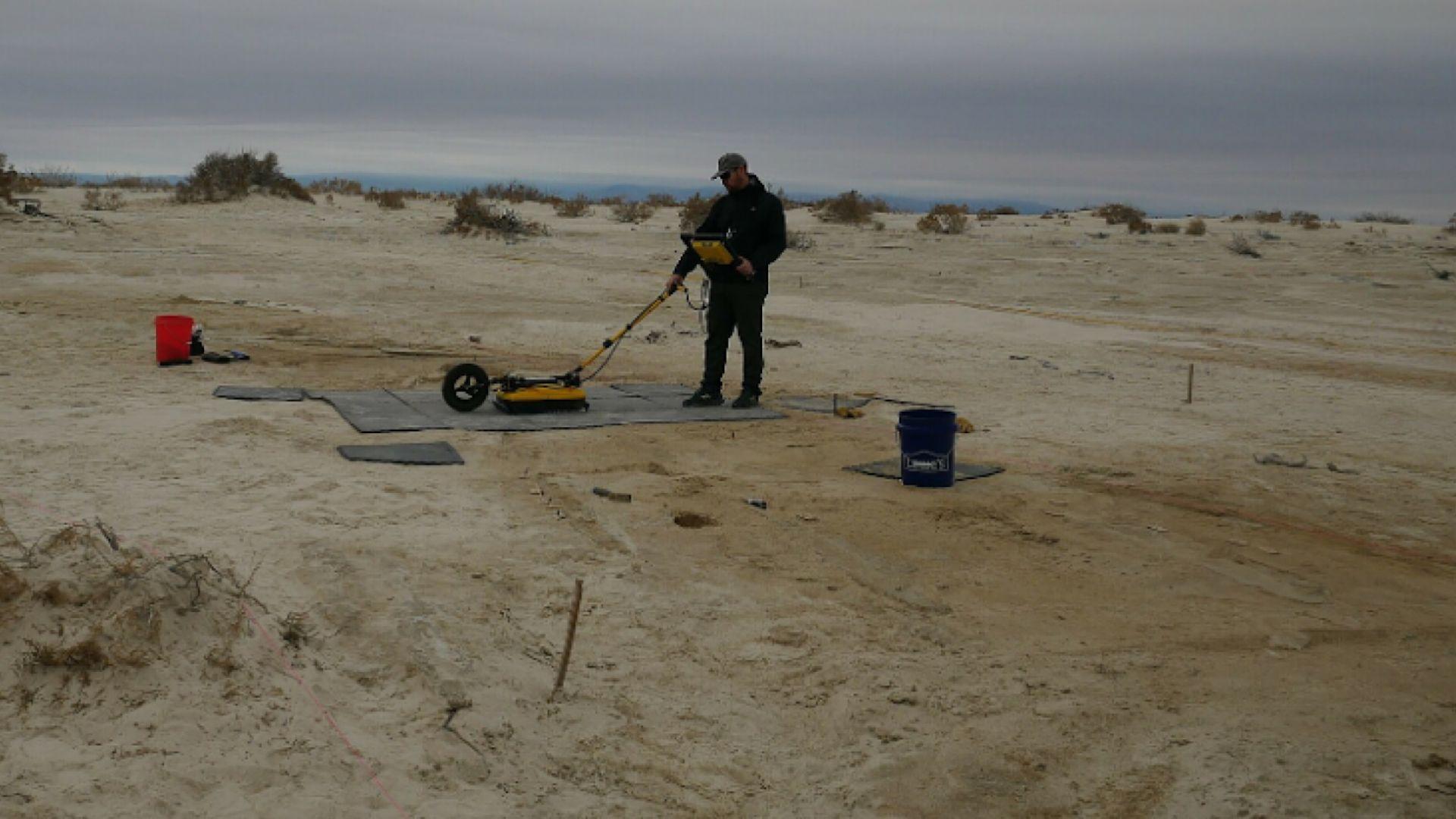
The application of cutting-edge technologies like high-resolution satellite imaging and ground-penetrating radar has revolutionized biblical archaeology. These tools have allowed researchers to identify potential archaeological sites and ancient structures without extensive excavation, leading to targeted and more efficient digs.
Satellite imagery has revealed ancient settlement patterns and travel routes that correspond to biblical narratives, while ground-penetrating radar has uncovered hidden structures at known biblical sites. These technological advancements have not only accelerated the pace of discovery but also provided new ways to corroborate and understand ancient texts through physical evidence.

